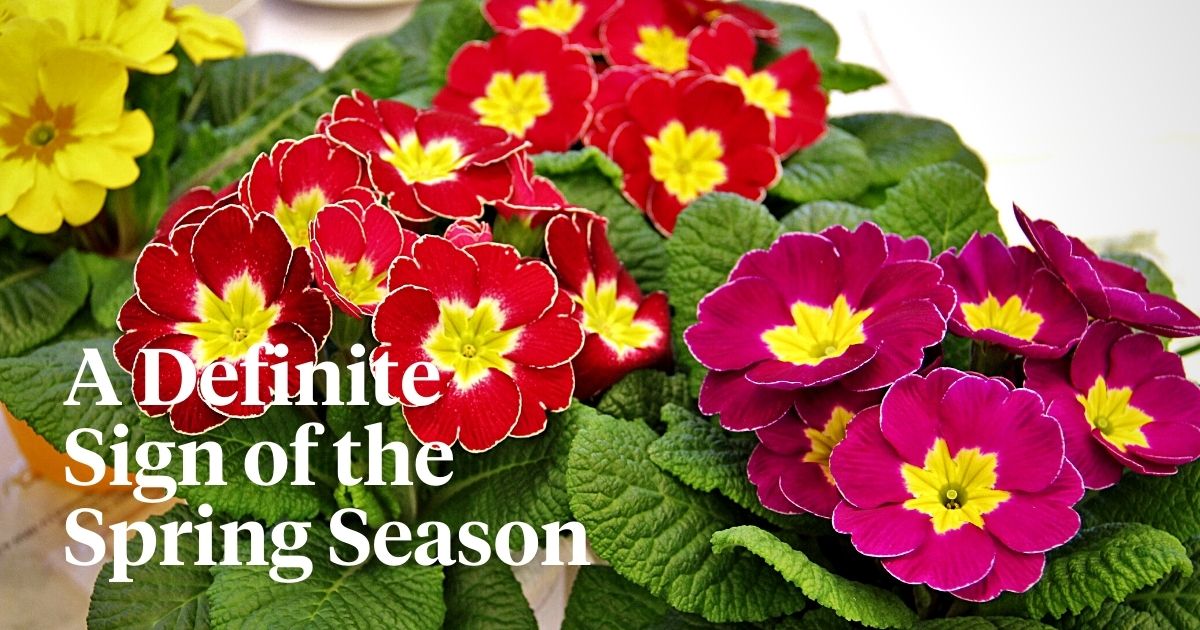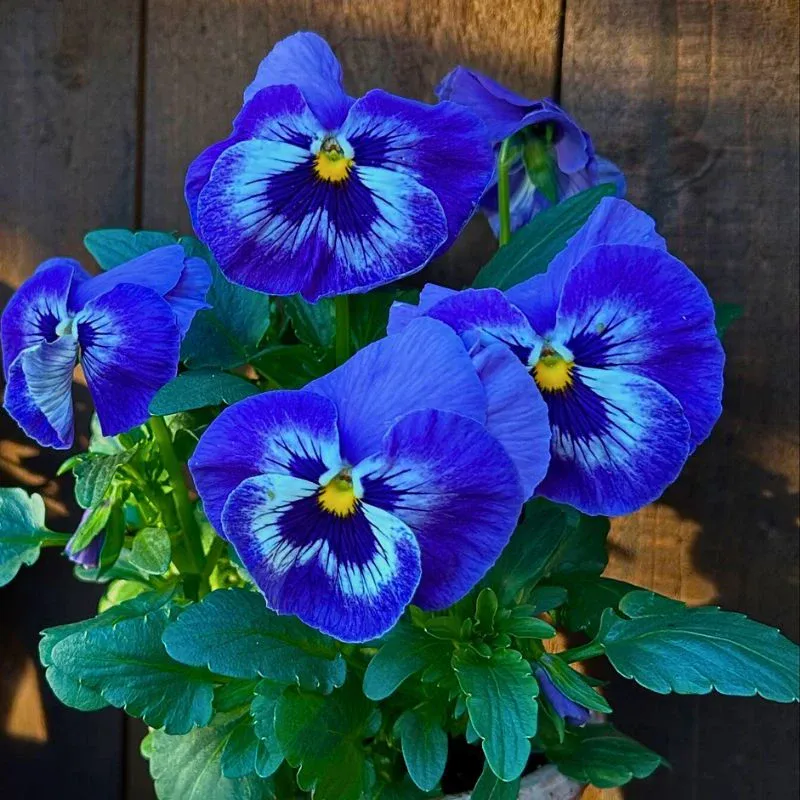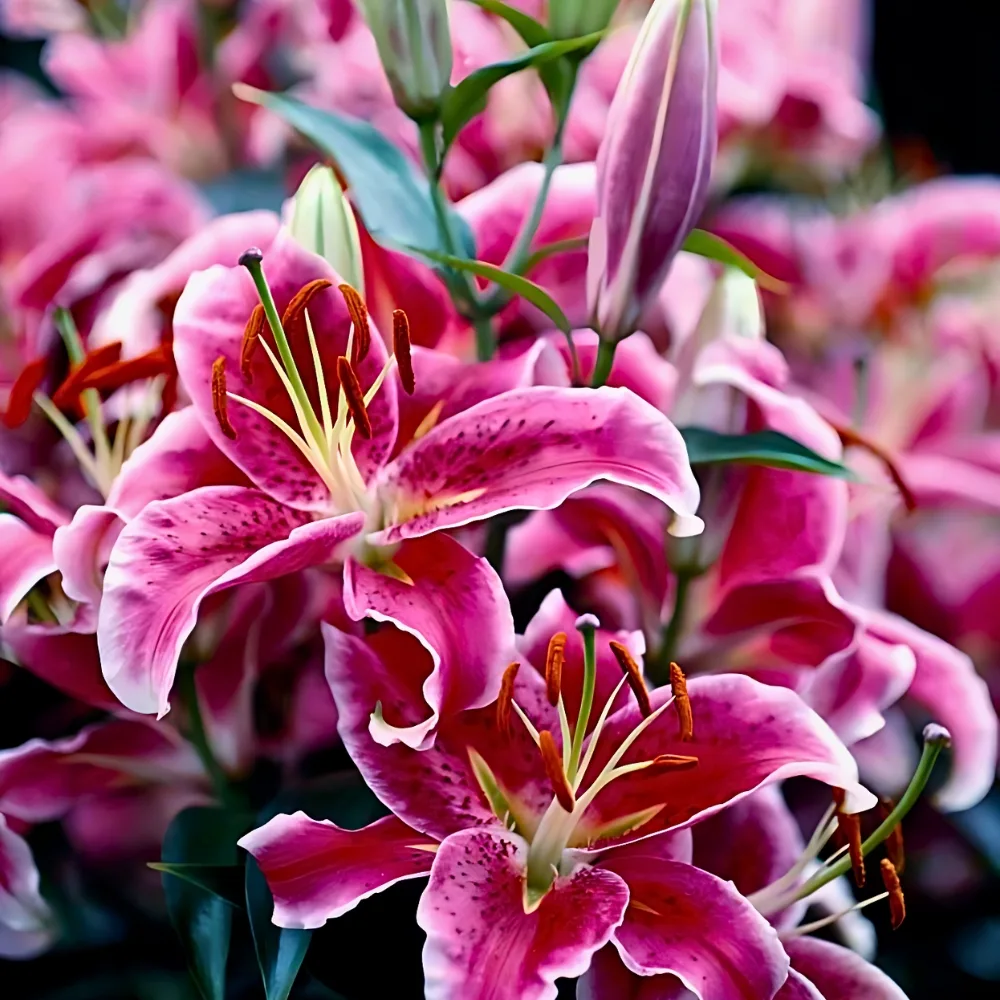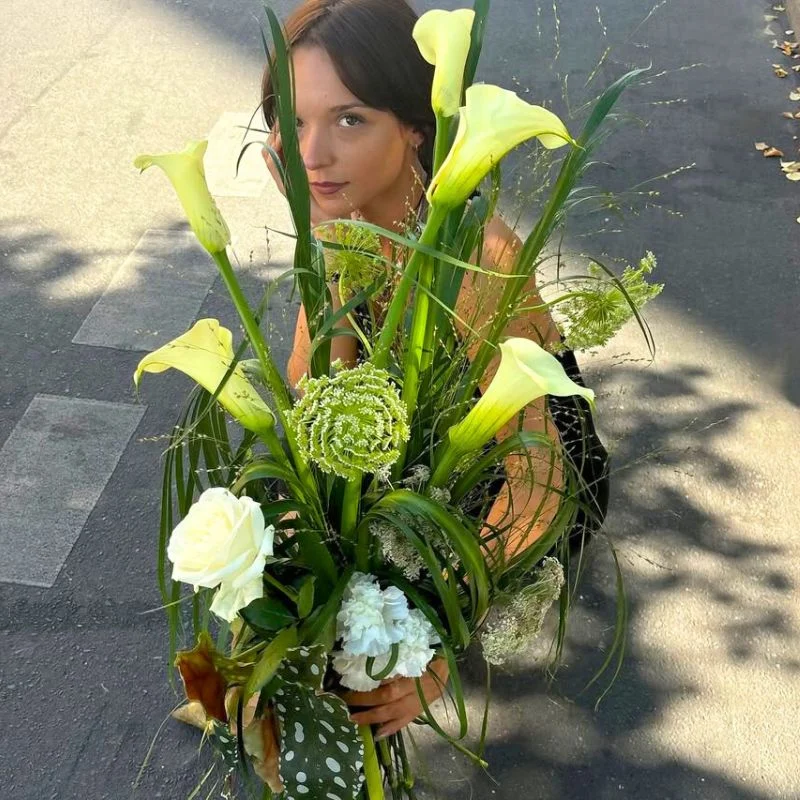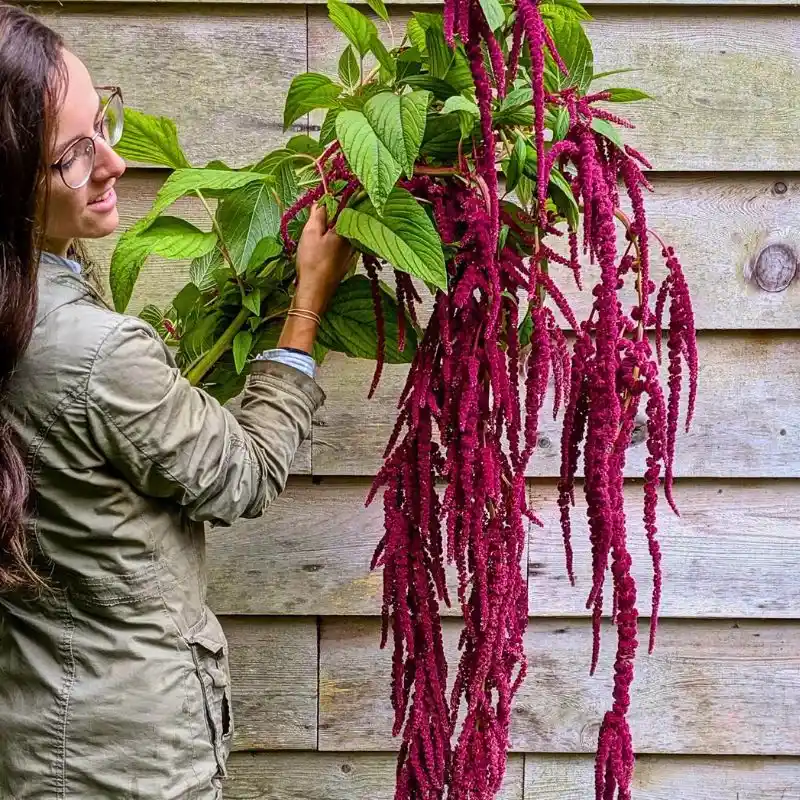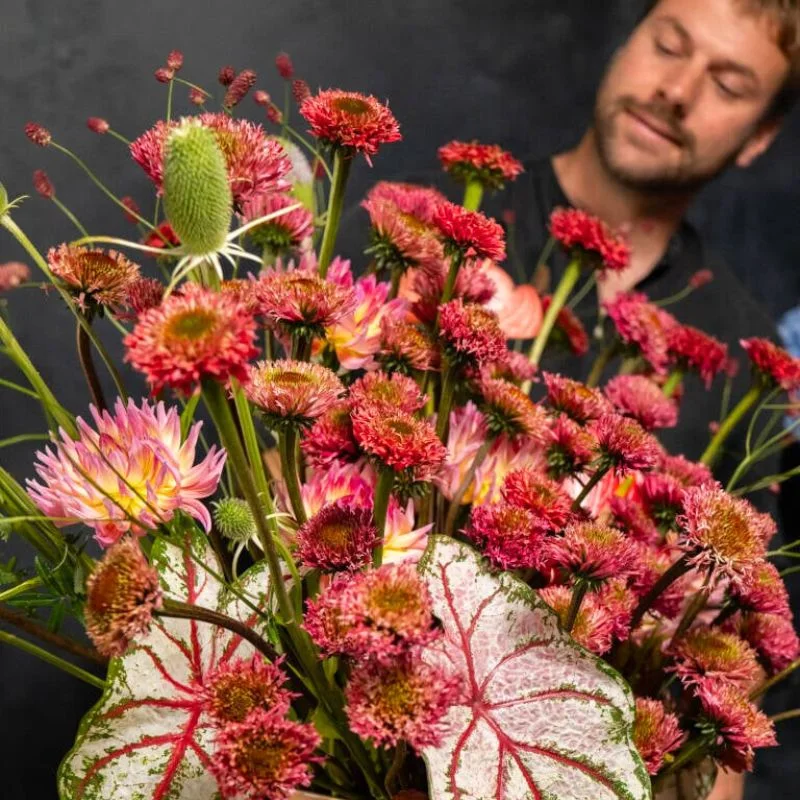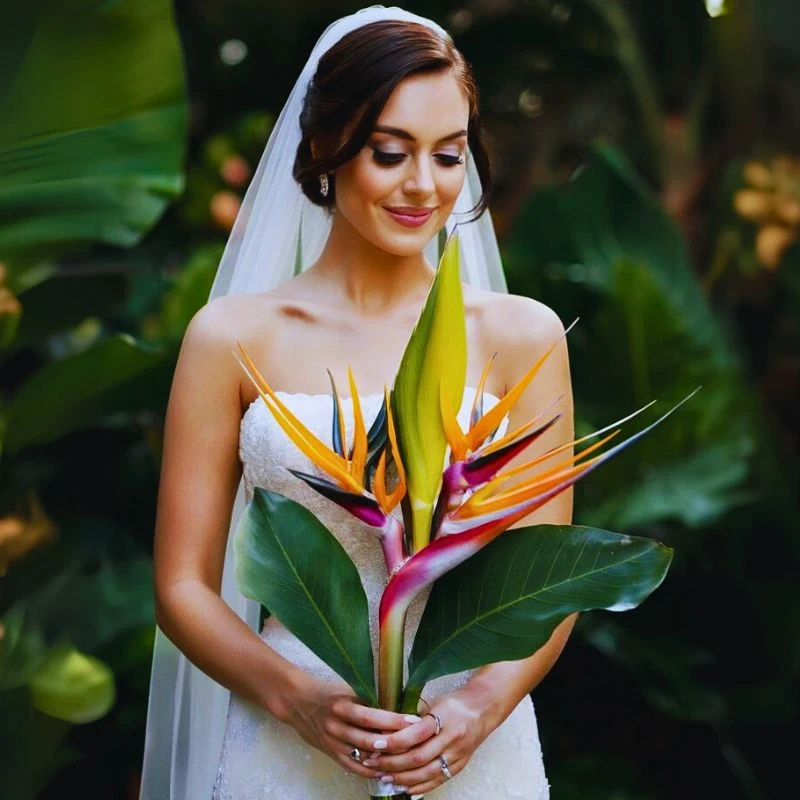It is spring and nature certainly has reawakened, creating the perfect conditions to experience the beauty of the season and all that it signifies. Many flowers capture the true essence of this colorful time of year, and one of them is the primula. This is an herbaceous flowering plant that has flowers with delicate petals, and cheerful colors and holds rich symbolism.
The primula is a great match for the happy prospect of spring. It is a flowering plant that is pretty much ‘spring in a pot’ with its colorful flowers and sturdy leaves. All these qualities make it a delightful addition to any spring garden. Do you miss the rich colors of spring in your garden? then this is definitely, the flower to bring to the garden to add that touch of color!
What Are Primulas, and the Meaning Behind the Name Primrose?
Primulas, commonly known as primroses, are a genus of flowering plants belonging to the Primulaceae family. Native to temperate regions of the Northern Hemisphere, these perennial plants are renowned for their early bloom, often appearing as soon as winter subsides.
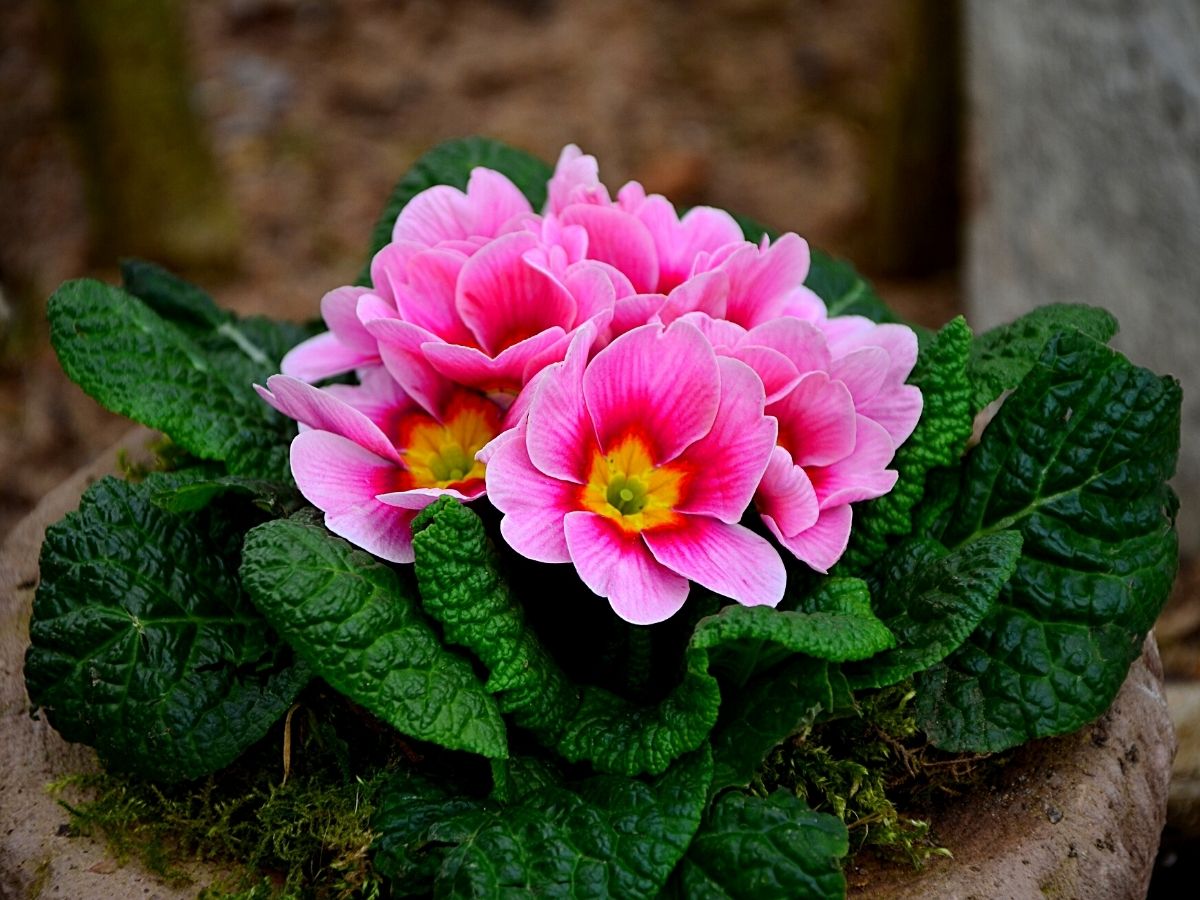
Photo by congerdesign
The genus Primula is an incredibly large family with an excess of 500 species, spreading far and wide across the globe, from the mountains of the Himalayas right down to North Africa. This range of species, each exhibits its unique characteristics and variations in color, size, and shape.
Wild primroses are common in the mountains of the Northern Hemisphere, with about 15 species in the European Alps. In the lowlands, primulas are often yellow because bees pollinate them, while in high-altitude areas, butterflies pollinate the plant, producing white, pink, blue, or violet flowers. Quite a marvelous job there, Mother Nature!
The name ‘primrose’ or ‘primula’ comes from the Latin word, ‘primus.’ This word means ‘first,’ which makes sense considering that the primrose flower typically is the first flower to bloom in the early spring. Because of the etymology, primrose flowers are often seen as representations of youth and everlasting existence.
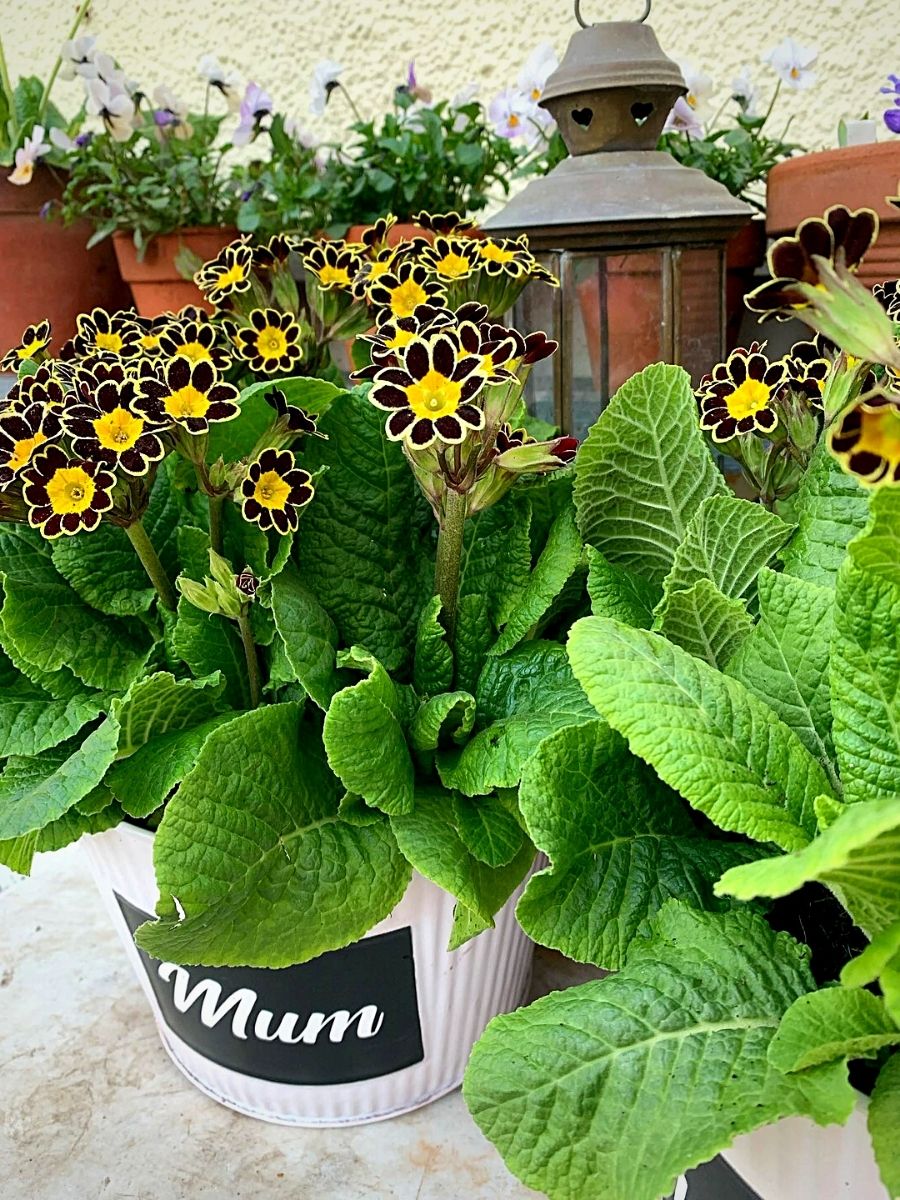
Photo by @lamagardener
In addition to the connection of this flower to youth and longevity, it has many other meanings, too. Usually, primrose flowers are seen as representations of young love and of feeling as though you can’t live without your lover.
Even so, across different cultures, primulas have acquired a rich symbolism throughout history. They are often associated with sentiments of youth, love, and new beginnings, much like the spring season. In the Victorian language of flowers, they were considered a symbol of young love and the first emotions of spring. They represented the purity and innocence of youth, and thus they were a popular gift exchanged between lovers and friends.
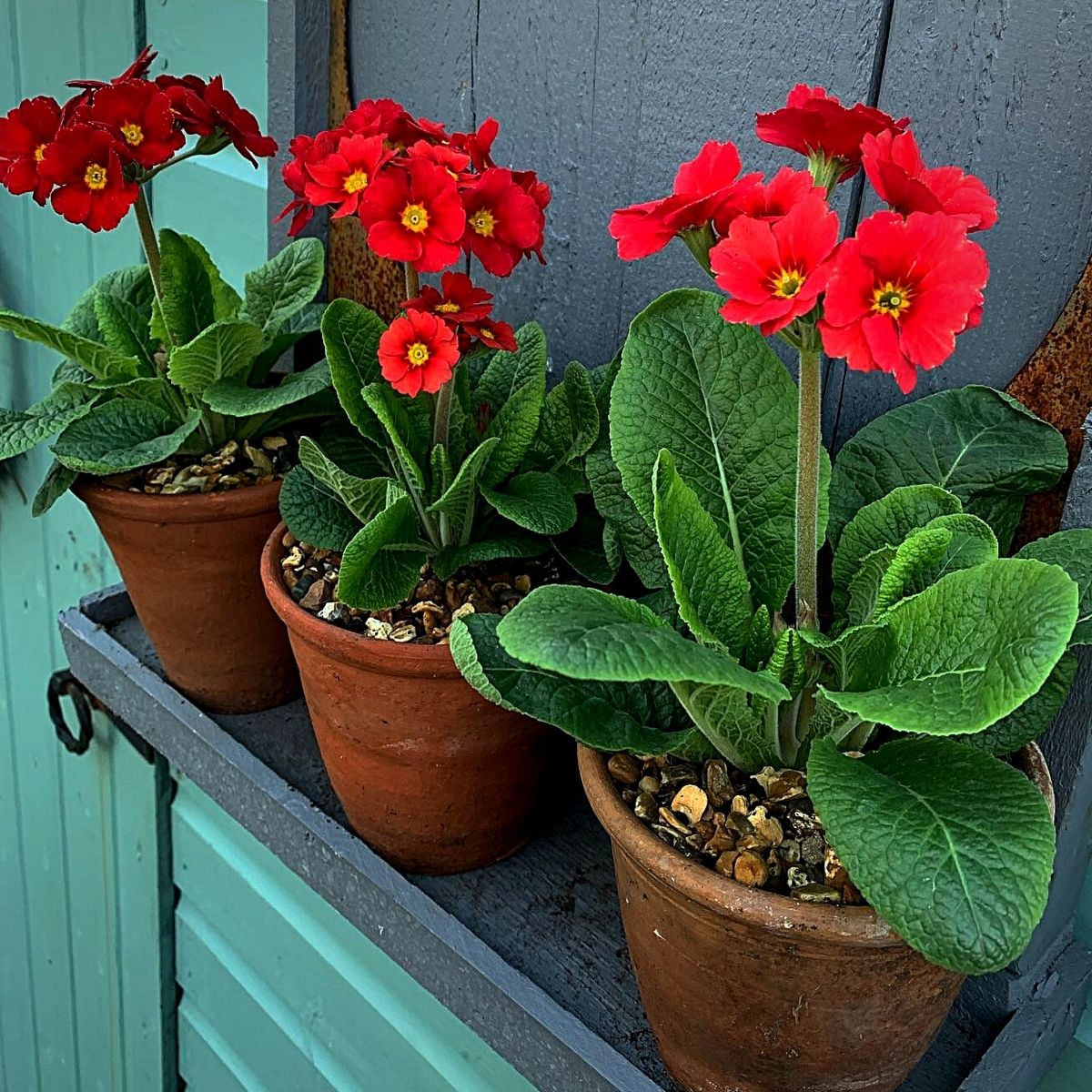
Photo by @lamagardener
Enhancing the Spirit of Spring With Primulas
Quite literally translated, this flower’s name means the first flower, and to those of us who are still novices, it is a sign of spring. It is that little flower that cheers us while driving down the country lanes.
The plant’s bright green, sturdy leaves and sassy flowers do more than just herald the spring season; they accentuate the celebration of the season. This perennial spring bloomer blooms profusely in pink, red, white, purple, lilac, or blue and is, therefore, the showpiece for spring. The Primula auricula, for instance, is the more variable and showy diva of the primrose world. These cheerful hardy perennials, definitely, invite attention whenever.
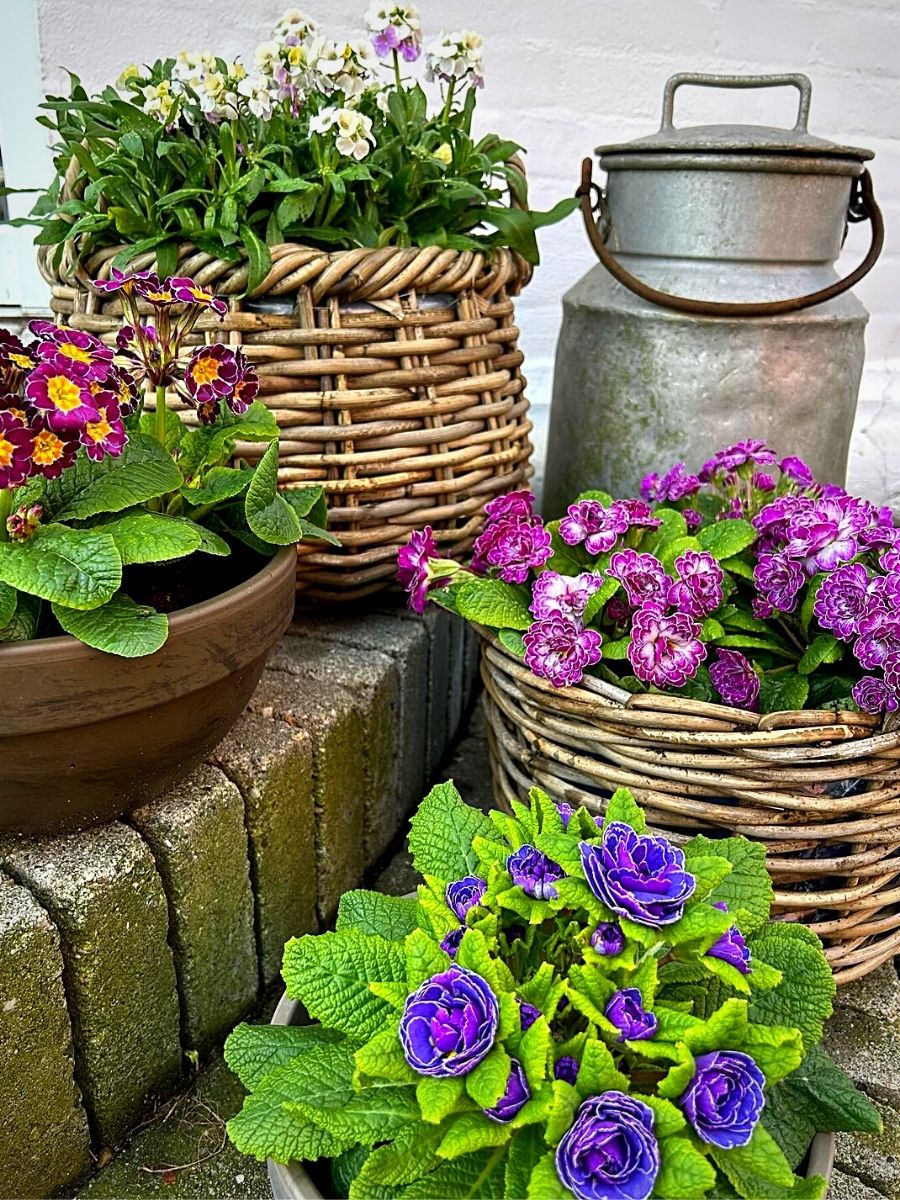
Even so, due to the nature to bloom in early spring, and offer a variety of forms, sizes, and colors, these flowering plants are suitable for use in garden beds and borders as well as in containers or for naturalizing areas of the lawn.
What’s more, the plants are charming and delicate in nature. Their dainty blossoms, usually with five petals, form clusters atop slender stems. The petals can be found in an array of hues, including shades of pink, purple, yellow, white, and even vibrant blues. The leaves of the primulas are typically green, smooth, and elongated, adding to the plant's overall elegance.
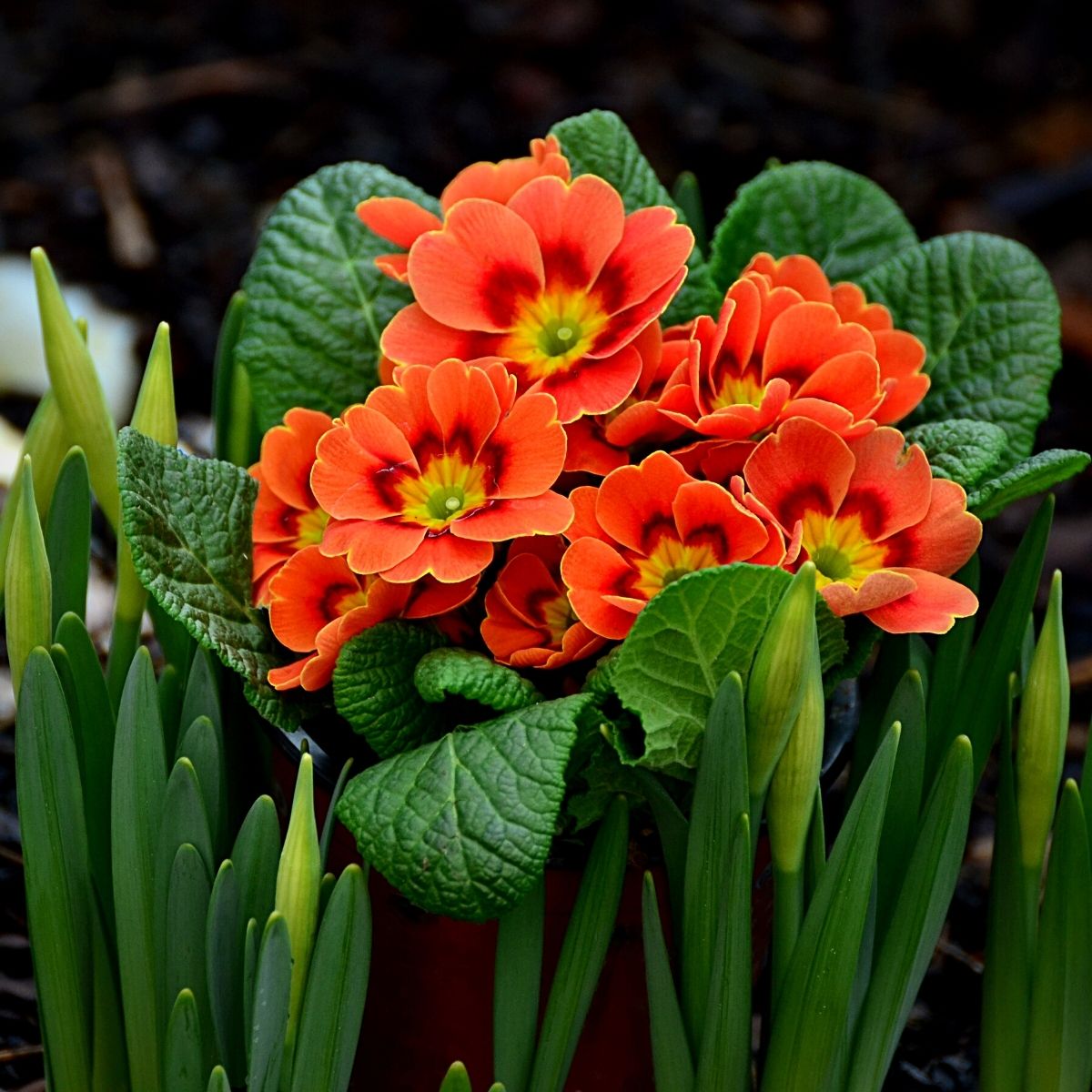
Photo by congerdesign
Given proper growing conditions, these vigorous plants will multiply each year, adding stunning colors to the landscape. These happy plants can also be a great addition to a home, as they do perfectly as a houseplant as well.
Primulas’ Qualities Resonating With the Spring Season
One of the most remarkable qualities of primulas is their ability to bloom early in the spring season. These resilient flowers emerge as winter fades, bringing a rush of color to the garden. Their appearance indicates the arrival of warmer days, making them a true mark of spring's reawakening.
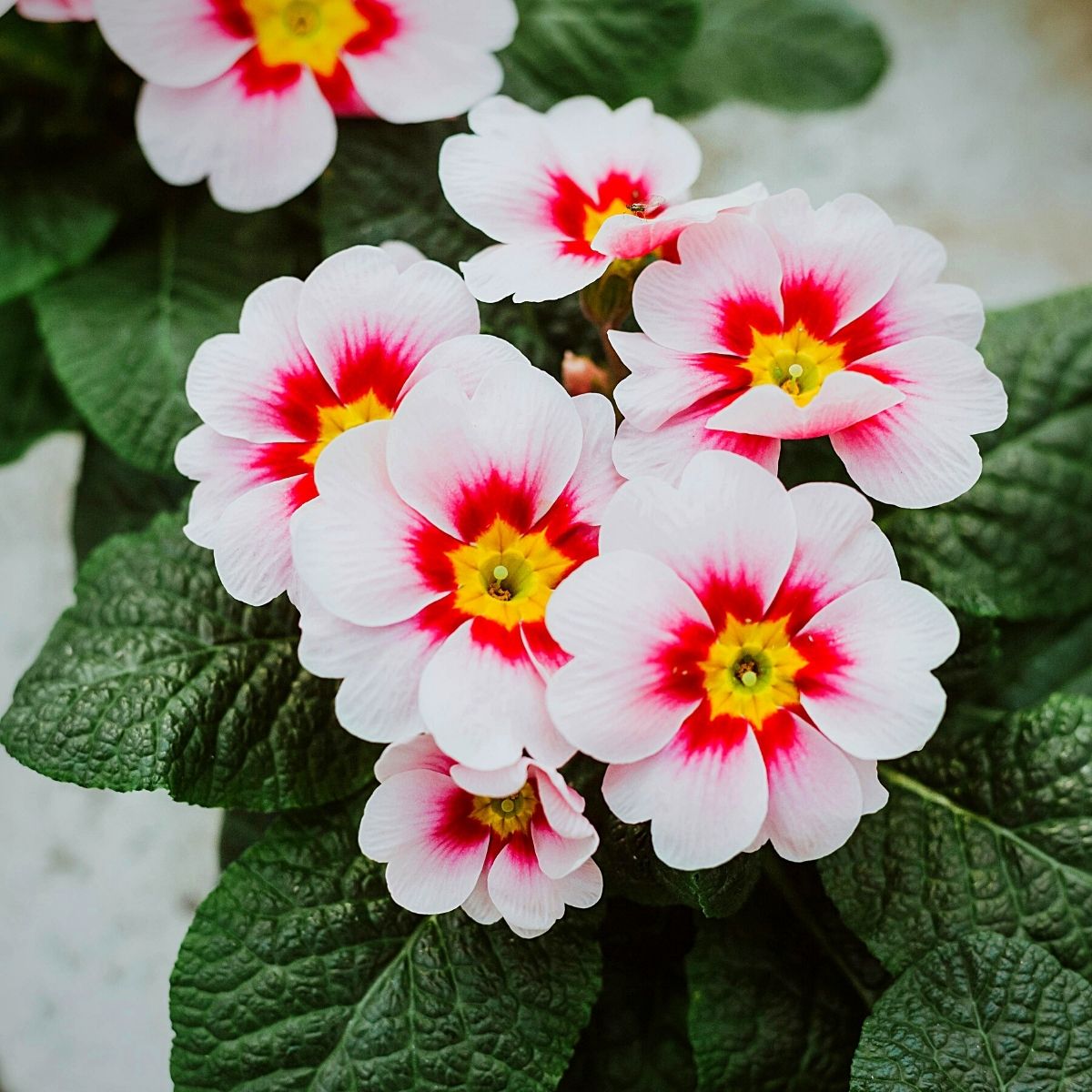
Photo by Julia Filirovska
These flowers, also, showcase a wide spectrum of vibrant colors, mirroring the blossoming landscapes of spring. From soft pastels to bold and vivid hues, they infuse gardens with an atmosphere of cheerfulness. Their sight in full bloom is, usually, a visual treat that lifts spirits.
In addition, much like the fragile nature of new beginnings, primulas exhibit a delicate beauty that captures the essence of spring. Their elaborate petals and graceful form evoke a sense of tenderness and gracefulness. Perceiving them helps in appreciating the passing moments of springtime.
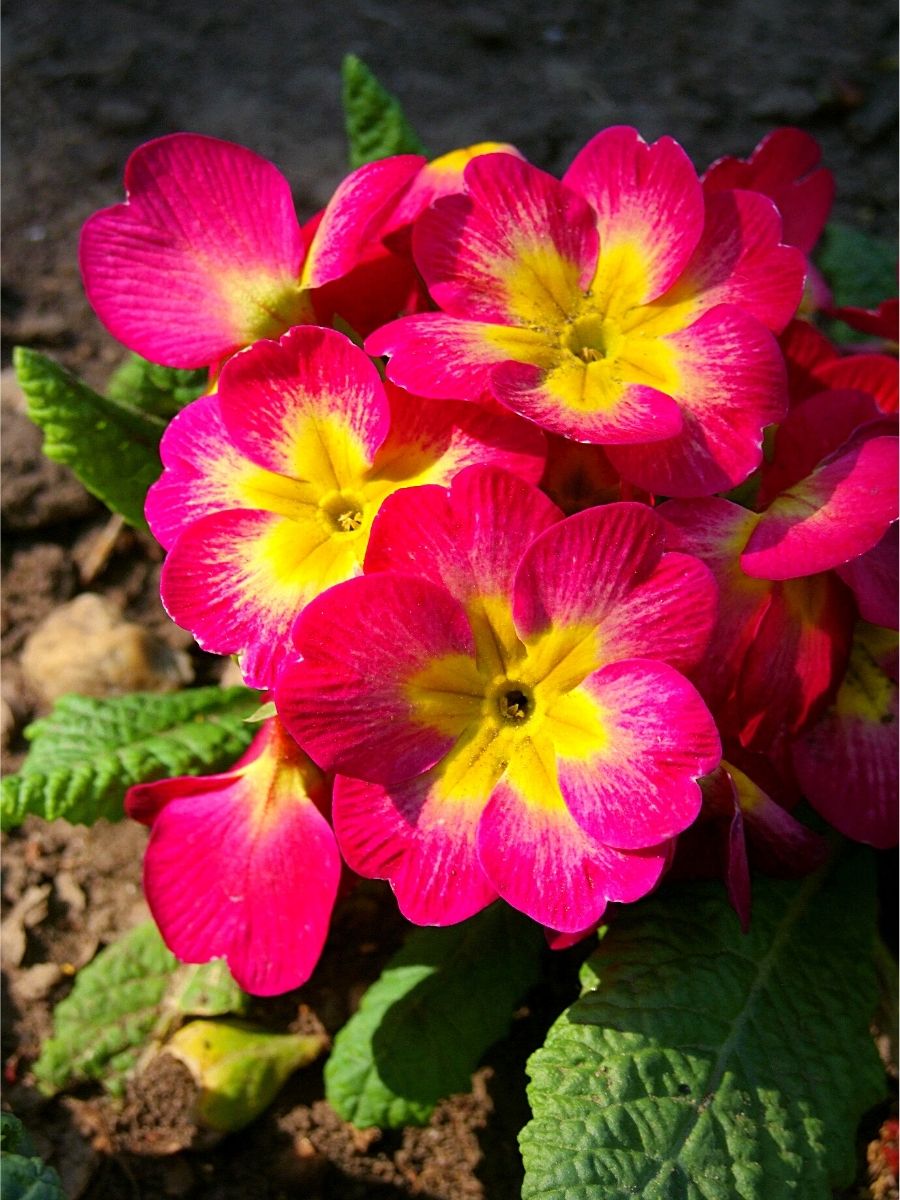
Also, primulas are resilient plants that can withstand cooler temperatures and even frost. Their ability to bloom during the transitional period from winter to spring showcases their strength and resilience.
Growing and Enjoying Primulas
If you're eager to introduce primulas into your garden and revel in their springtime beauty, here are some essential tips for growing and enjoying these delightful flowers.
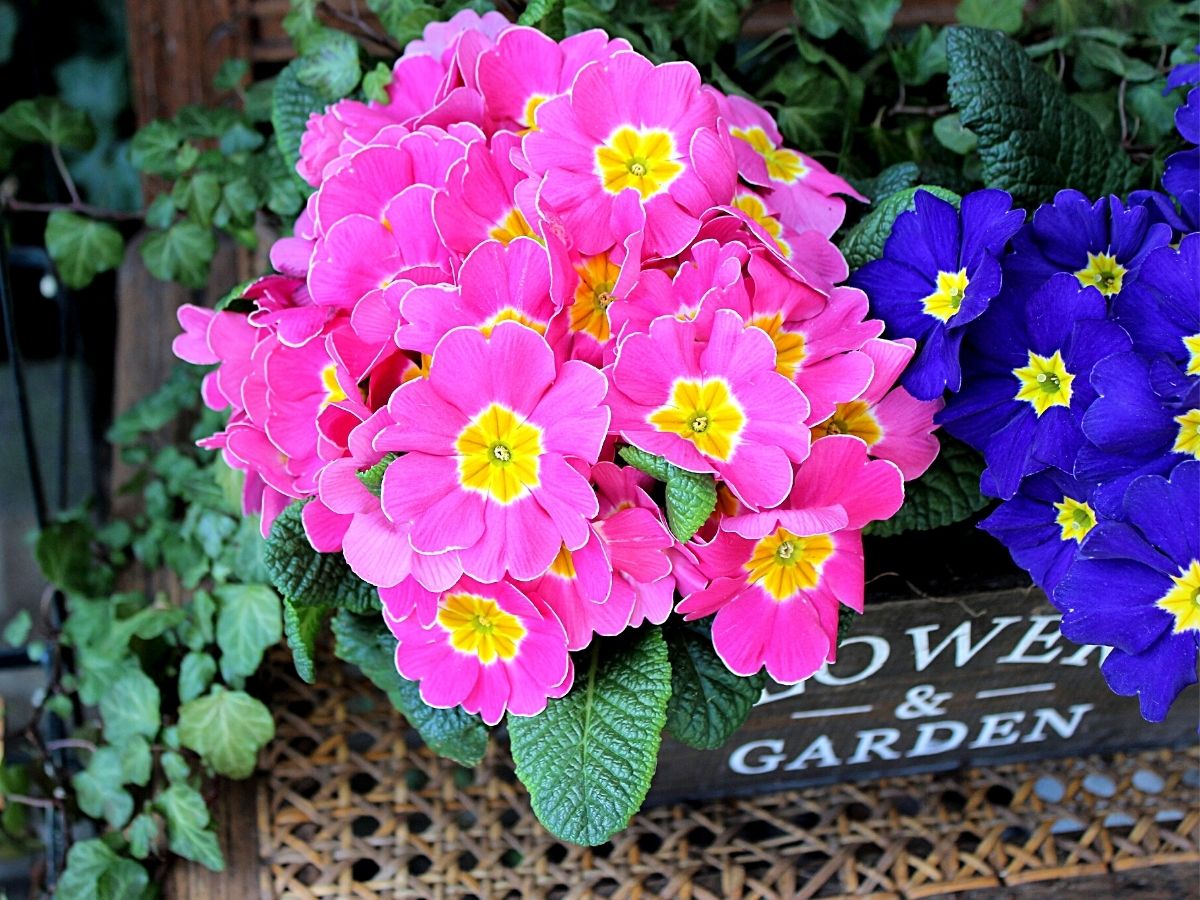
First, choose the right variety as these flowering plants come in various species, each with its own growing requirements. Some popular types include Primula vulgaris, Primula polyantha, and Primula denticulata. You may need to research the specific needs of the variety you wish to grow to ensure success.
Then, ensure there are ideal growing conditions since primulas thrive in cool, moist environments. They prefer partial shade or filtered sunlight; as excessive heat can cause their blooms to fade quickly. Also, ensure that the soil is well-drained and rich in organic matter. Regular watering is essential to keep the soil consistently moist but not waterlogged.
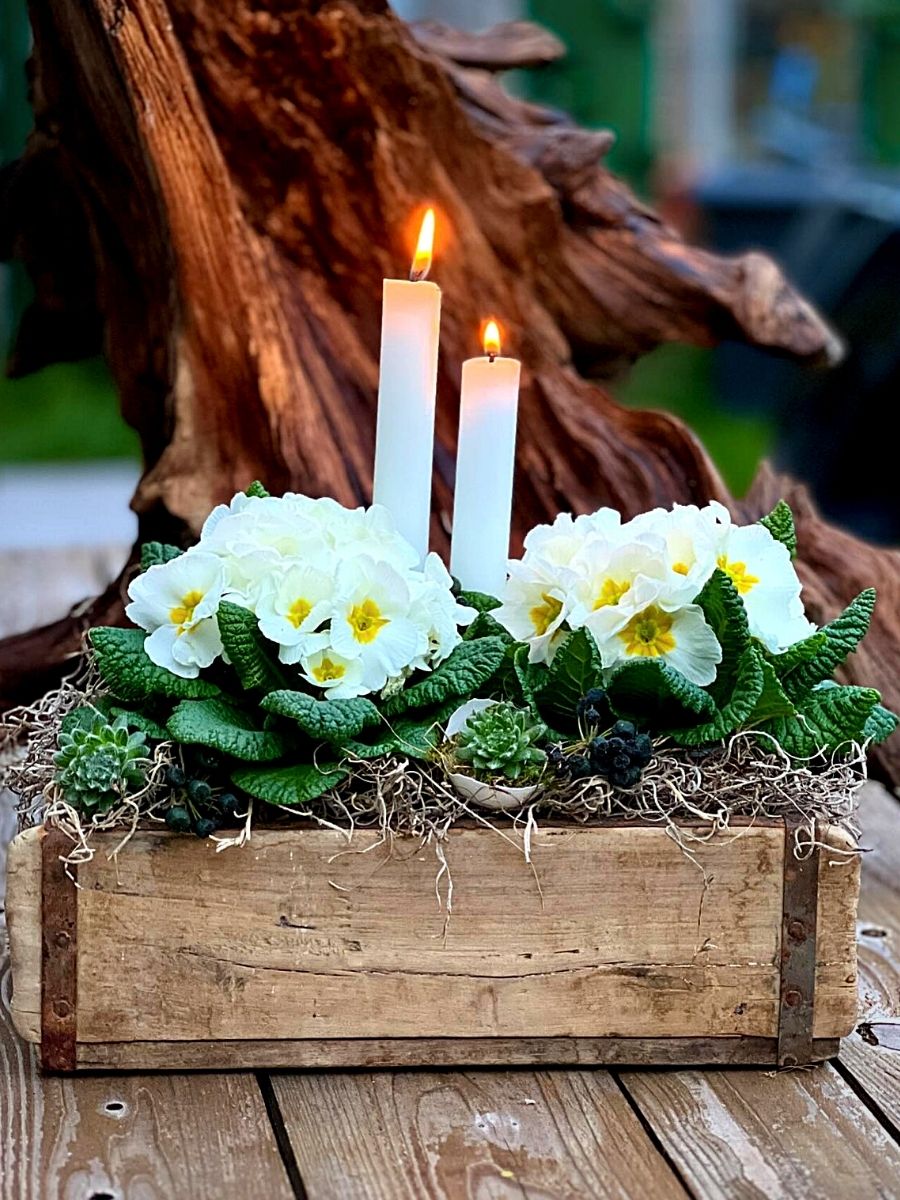
Plant the primulas, preferably, in early spring to provide ample time for their root systems to establish before extreme weather conditions set in. Space them adequately to allow for proper airflow, and regularly remove faded flowers to promote continuous blooming. Likewise, apply a layer of organic mulch to help retain moisture and suppress weed growth.
Primulas, also, harmonize well with other spring flowers, such as daffodils, tulips, and pansies. So, you can consider inter-planting them to create more attractive displays of harmonizing colors and textures. Also note that their low-growing habit makes them suitable for edging, rock gardens, or container planting.
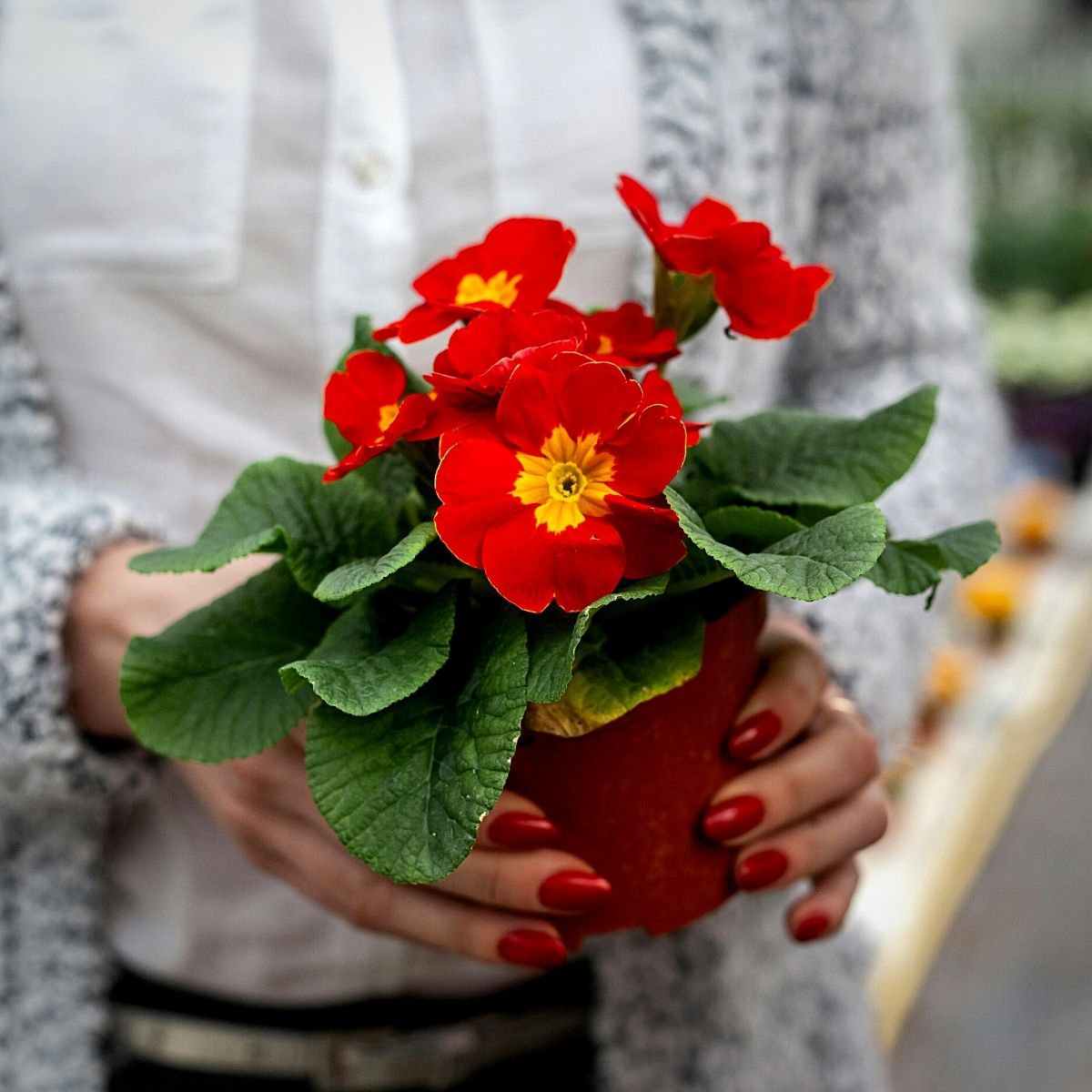
Photo by Julia Filirovska
If you want to keep your primula in a good mood, have it in the light, but not in direct sunlight. The primula flower’s best at temperatures of 12 to 15 ° C. The plant, similarly, likes moist soil, but not waterlogging. In a warm room, you can place the houseplant on a tray with moist gravel, so that its moisture content will be maintained. And remember to keep removing dead flowers so that they keep on blossoming.
These plants, in addition, make charming additions to floral arrangements. So, you can harvest them early in the morning when the blooms are at their freshest and place the cut stems in a vase filled with clean water. Change the water routinely to prolong their vase life.
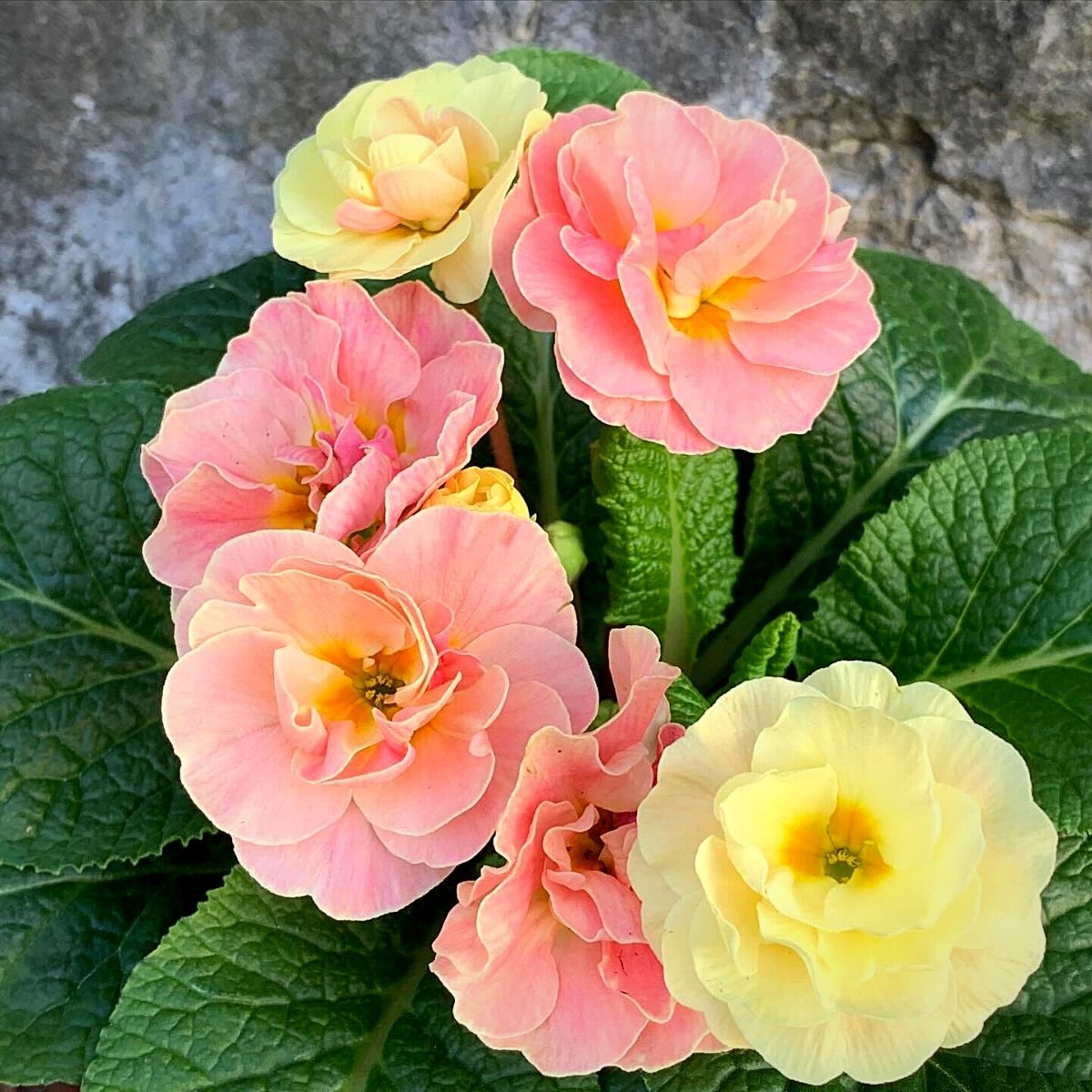
Photo by @eleanor_rigby83
And with that, you can enjoy the delicate beauty and fragrance of primulas both outdoors and indoors, essentially, bringing the essence of spring into your living space.
Feature image by Julia Filirovska, header image by ASSY.

